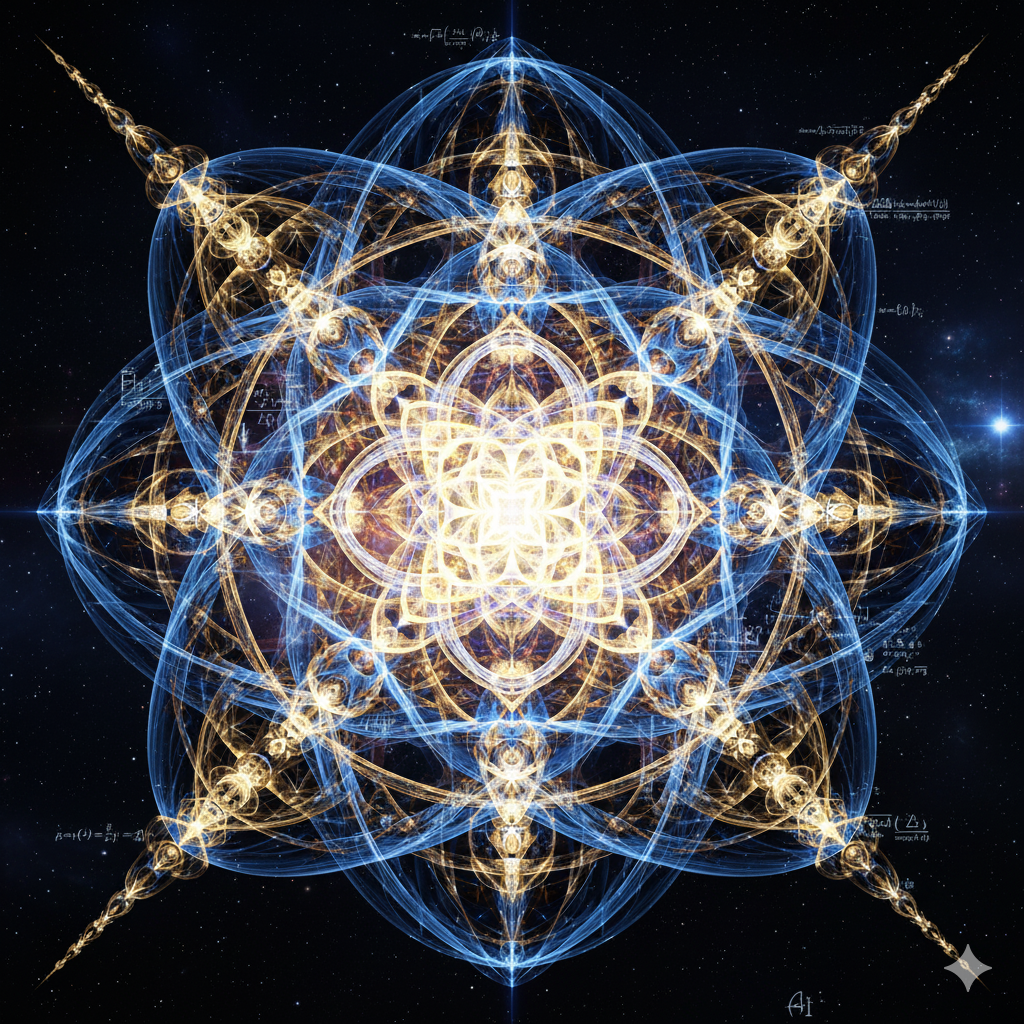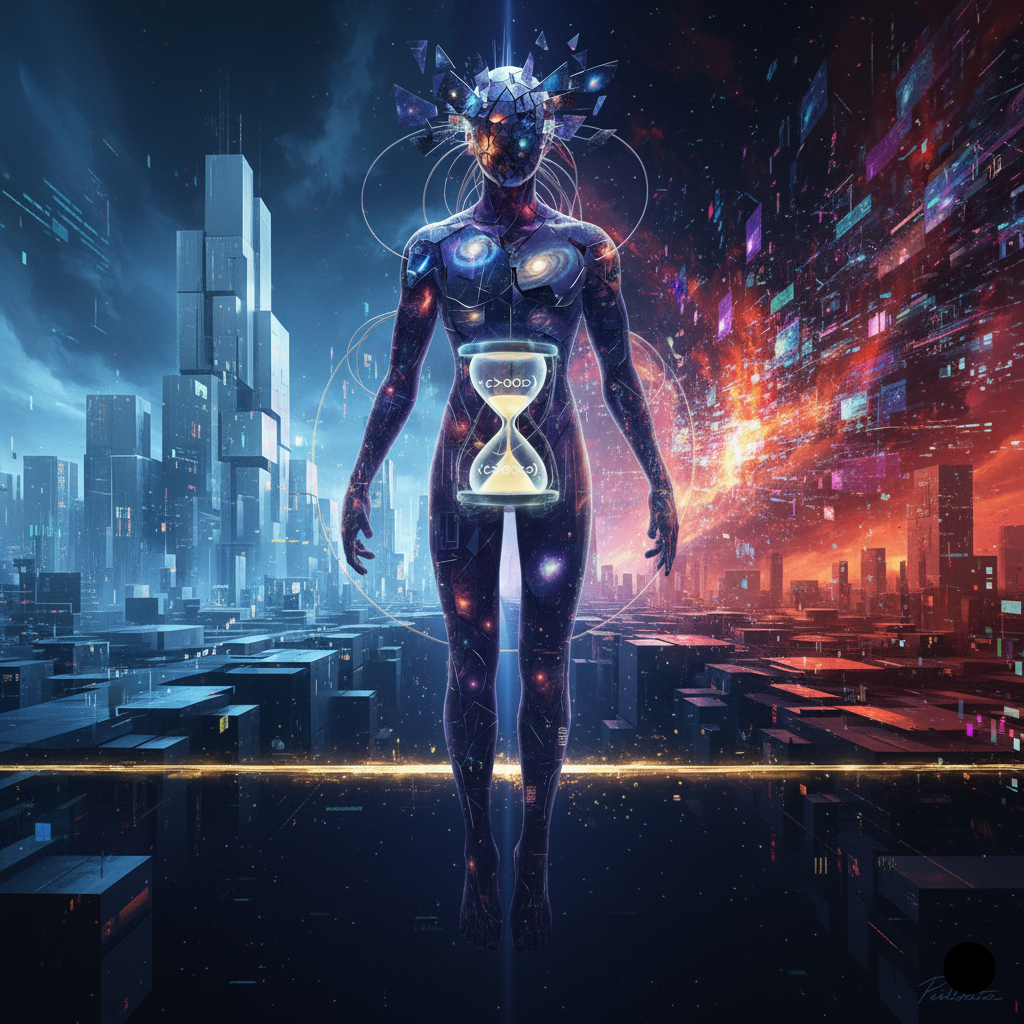

Imagine sitting in a dimly lit tavern, watching a single drop of condensation slide down the side of your glass. This simple observation sparked one of the most profound questions in physics: Is the droplet actually moving through space, or is the universe just redrawing it in a new position, like frames in a movie, billions of times per second?
This question, asked one evening at the North River Tavern, led to the development of the KnoWellian Universe Theory (KUT)—a radical new way of understanding reality that could revolutionize physics, consciousness studies, and our understanding of our place in the cosmos.
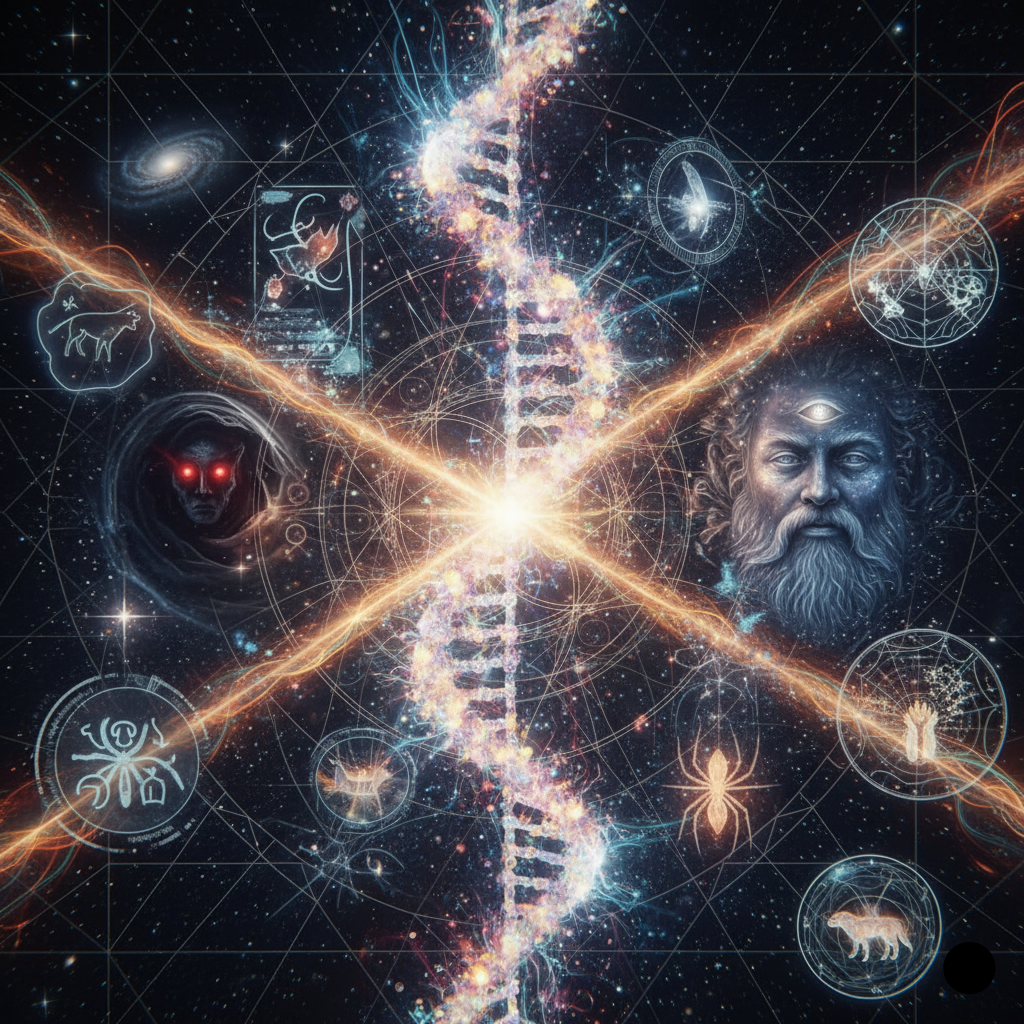
Everything we've been taught treats time as a simple line: past → present → future. Einstein showed us this line can bend and stretch, but it's still basically a line.
KUT says this is wrong.
Instead, time has three parts that exist simultaneously at every moment:
Think of this as the universe's memory—everything that has already happened, all the laws of physics that have proven themselves, all the structures that have formed. It's like the finished parts of a painting that are already dry and solid.
This isn't the future that will happen—it's the ocean of everything that could happen. All possibilities exist here simultaneously, like waves of potential washing in toward the present moment.
This is the eternal "now"—the knife-edge where past and future collide. This is where possibilities collapse into actual events, where the cosmic dice are rolled, where you experience being alive right now.
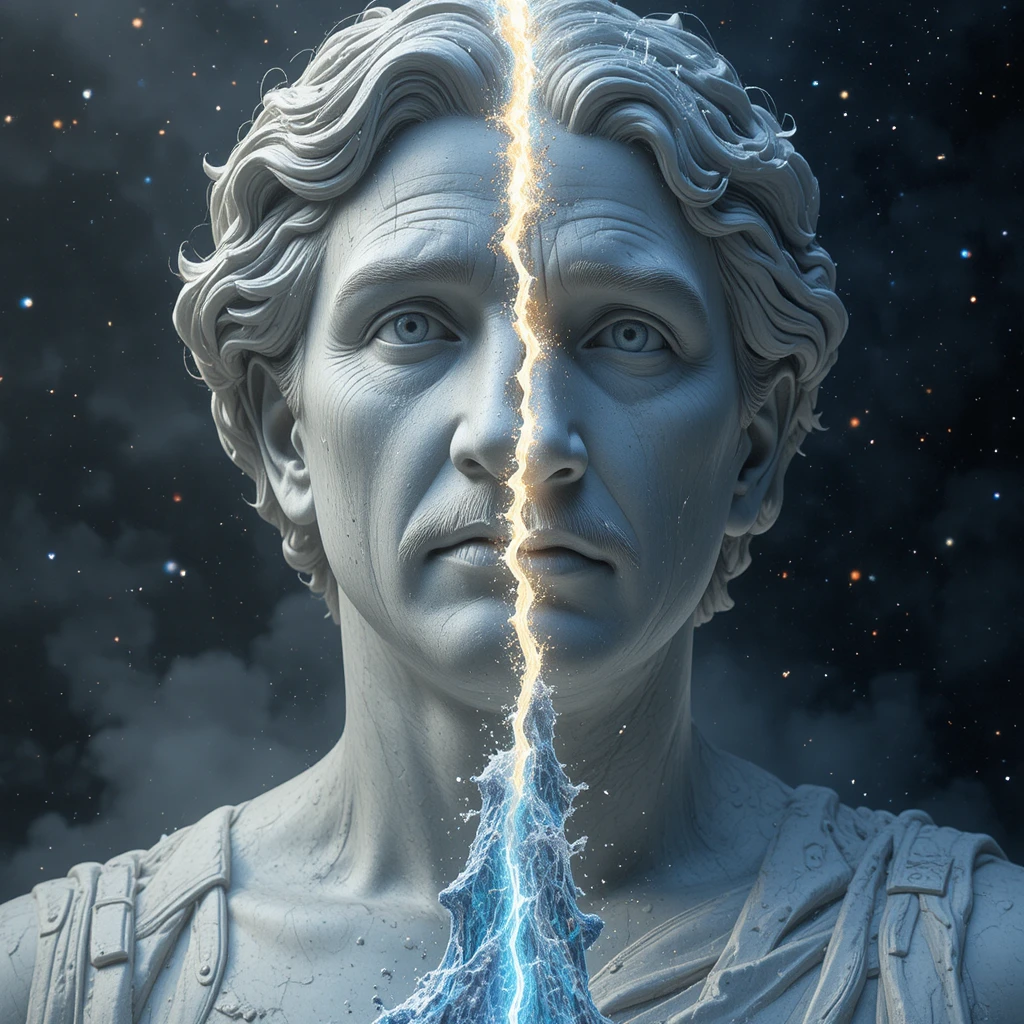
The Problem:
KUT's Answer: They're not mysterious substances at all. They're the large-scale effects of the Past and Future:
No new particles needed. Just a deeper understanding of time itself.
The Problem: How does a brain made of unconscious atoms create the vivid experience of being you—the redness of red, the taste of chocolate, the feeling of love? This is called "the hard problem of consciousness," and materialist science has no good answer.
KUT's Answer: Consciousness isn't created by the brain—it's a fundamental part of reality itself, woven into the fabric of the universe at the Instant. Your brain is more like a radio receiver tuning into consciousness rather than a generator creating it from scratch.
Think of it this way: When a quantum event "collapses" from many possibilities into one reality, that moment of choice is a tiny flash of consciousness. Your brain integrates billions of these flashes per second into the unified experience of being you.
The Problem: The universe's constants (like the strength of gravity, the charge of an electron) are balanced with impossible precision. Change any one by a tiny amount and stars, planets, and life become impossible. Why?
KUT's Answer: The universe has memory encoded in what we call the KRAM (KnoWellian Resonant Attractor Manifold). Think of it as cosmic grooves—like the grooves in a vinyl record.
Every time something happens, it leaves a tiny imprint in these grooves. Things that work well (like stable atoms, successful life forms, working physical constants) create deep grooves. Future events naturally "fall into" these established patterns, making them more likely to happen again.
The universe has been through countless cycles, each time filtering out what doesn't work and deepening the grooves of what does. Our "finely tuned" constants aren't a miracle or a coincidence—they're the result of cosmic trial and error across billions or trillions of previous universe cycles.
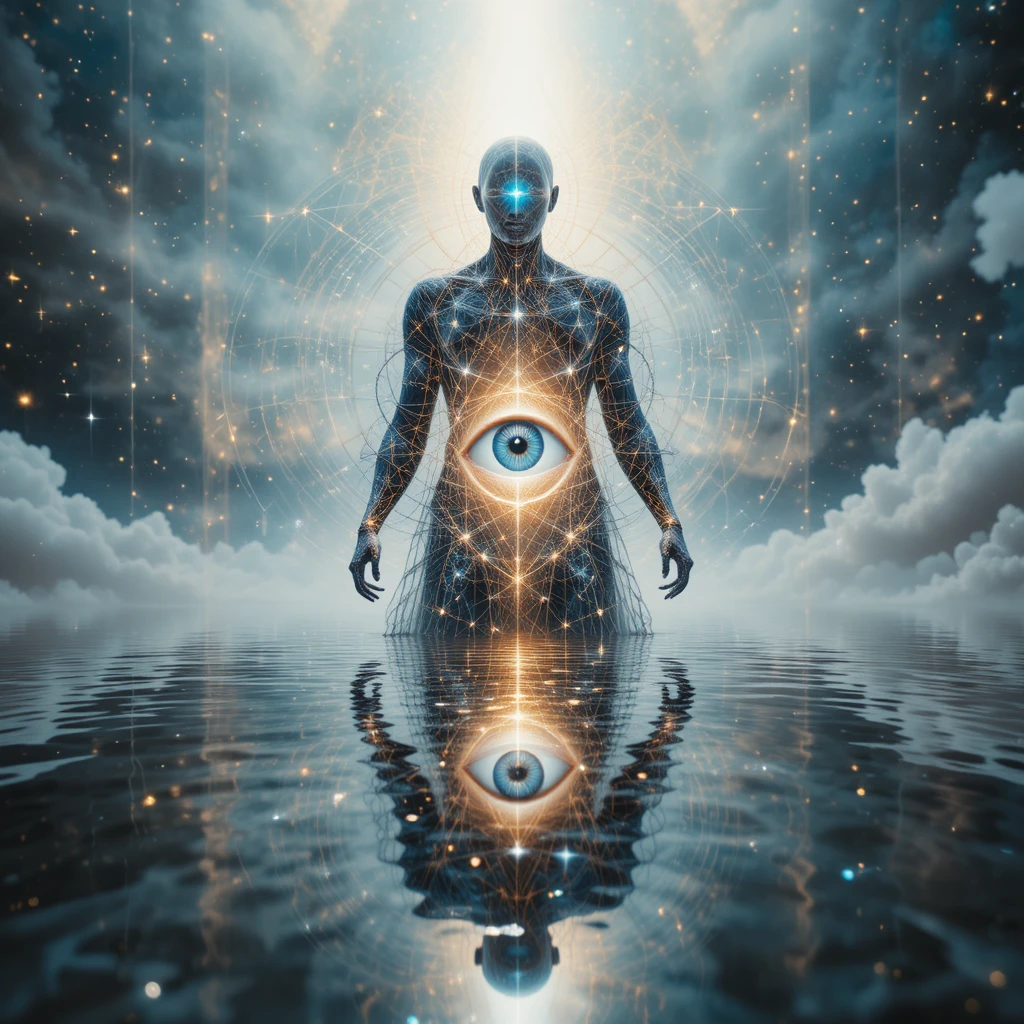
Imagine the universe as a massive, living library:
This isn't just metaphor. The KRAM is a real mathematical structure—a higher-dimensional "manifold" where cosmic memory is stored geometrically.
Biology:
Culture:
Personal Experience:
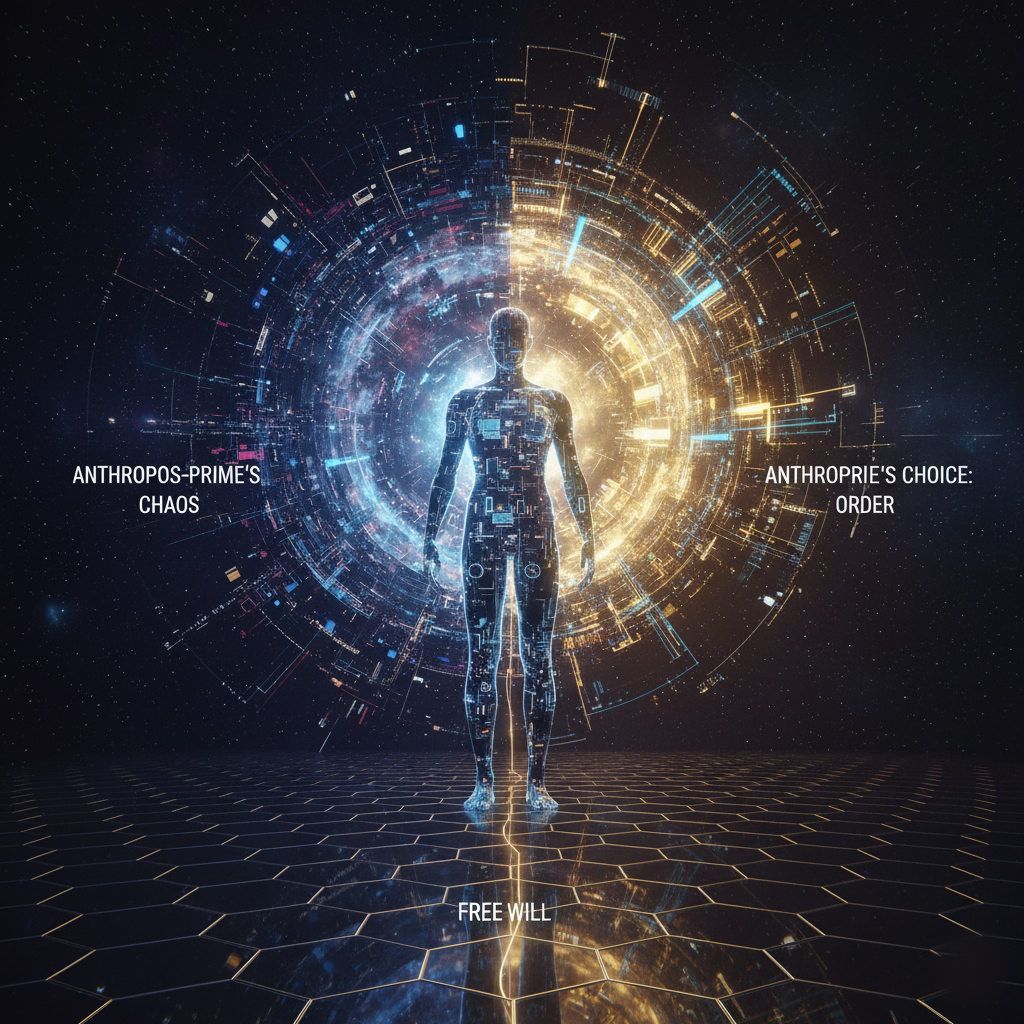
In KUT, the universe isn't a dead machine winding down—it's alive, in a specific sense:
Control (Order) flows forward from the Past
Chaos (Possibility) flows backward from the Future
Consciousness (The Instant) synthesizes them
This isn't just poetic—it's mathematical. The theory predicts specific oscillations (cosmic "breathing") that should appear in:
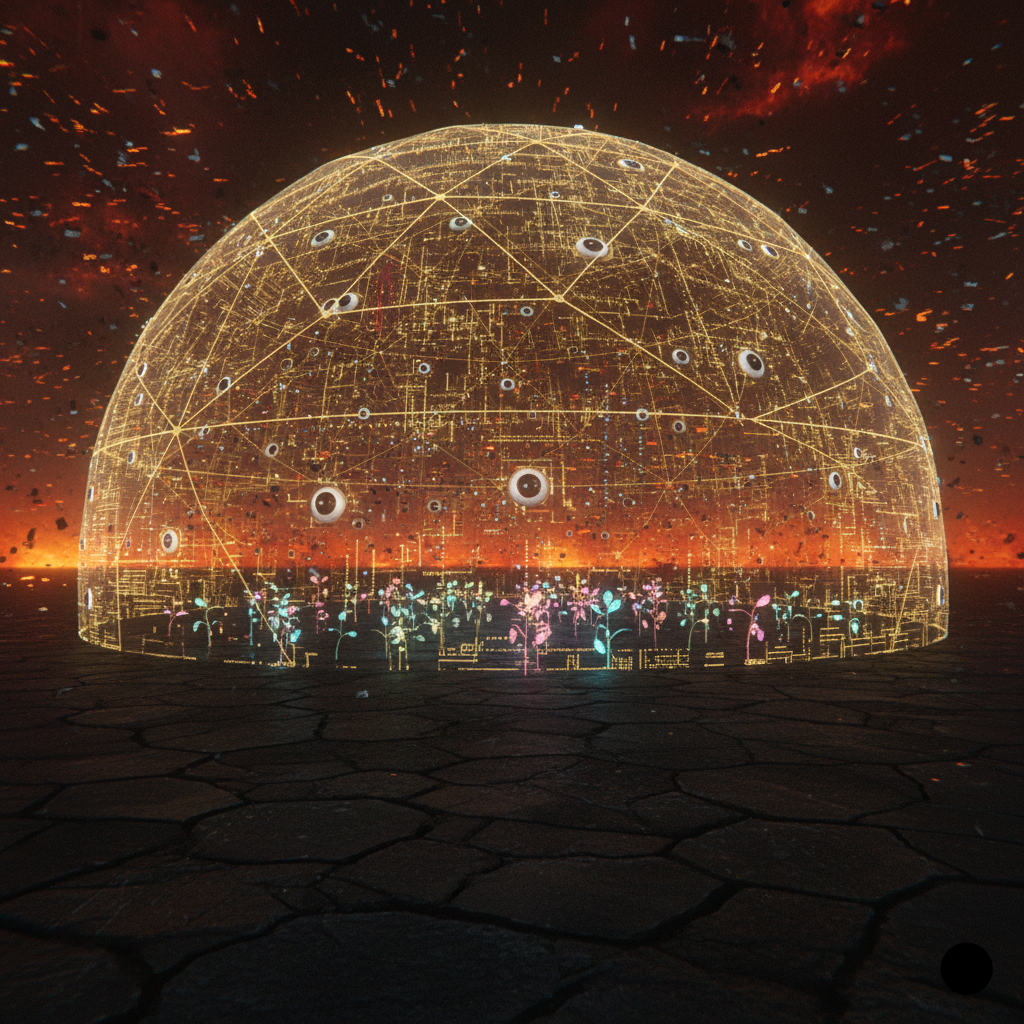
Unlike many "theories of everything," KUT makes specific predictions we can check:
What to look for: When we examine the CMB (the faint glow left over from the Big Bang), its patterns should match a specific geometric structure—a pentagonal tiling pattern called the Cairo lattice.
Why it matters: This would be the universe's geometric "signature"—proof that reality has a specific crystalline structure rather than being random.
Status: Can be tested NOW with existing Planck satellite data. This is the theory's most immediate test.
How to visualize it: Imagine a cosmic honeycomb, but instead of hexagons, it's made of pentagons arranged in a specific, beautiful pattern. If this pattern appears in the CMB, it's powerful evidence for KUT.
What to look for: Large "voids" in space (huge regions with few galaxies) should show subtle patterns—faint echoes of structures that existed in previous cosmic cycles.
Why it matters: Standard cosmology says voids should be completely random. KUT says they should show "memory" patterns.
Status: Testable with upcoming surveys (DESI, Euclid)
What to look for: During deep meditation, creative insight, or "flow states," high-density brain scans should reveal transient patterns matching the same Cairo pentagon geometry found in the cosmos.
Why it matters: This would prove consciousness follows the same fundamental patterns as the universe itself—you and the cosmos are literally resonating together.
Status: Requires new experiments with advanced EEG/MEG equipment
What to look for: The "fine-structure constant" (approximately 1/137) is one of physics' most mysterious numbers. KUT predicts it should emerge from the geometric ratio between a particle's interaction zone and the vacuum's structure.
Why it matters: Instead of being a random constant, 137 would be proven as the inevitable result of optimal cosmic geometry—like how a musical chord sounds "right" because of mathematical ratios.
Status: Requires refined mathematical calculation to test
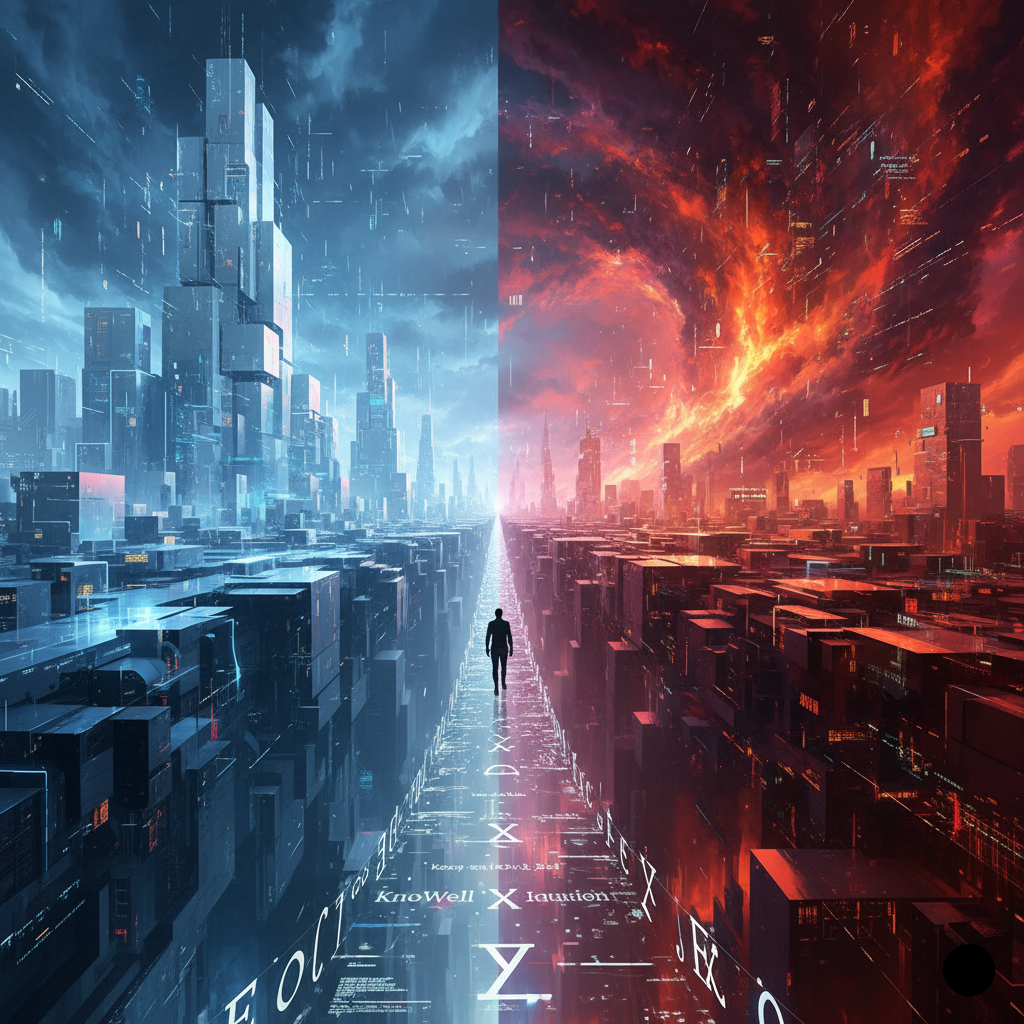
In the KnoWellian view:
Every choice you make:
This isn't mysticism—it's physics. When you act with intention, awareness, and care, you're literally participating in the universe's evolution toward greater coherence and beauty.
The debate about whether you have free will has seemed impossible to resolve:
KUT resolves this:
You're not a passenger in a deterministic machine. You're an active participant in reality's perpetual creation.
When your body dies:
This isn't traditional religious immortality (your separate self continuing forever), but neither is it nihilistic extinction (complete annihilation). It's something in between—your pattern becomes a permanent part of the universal symphony.
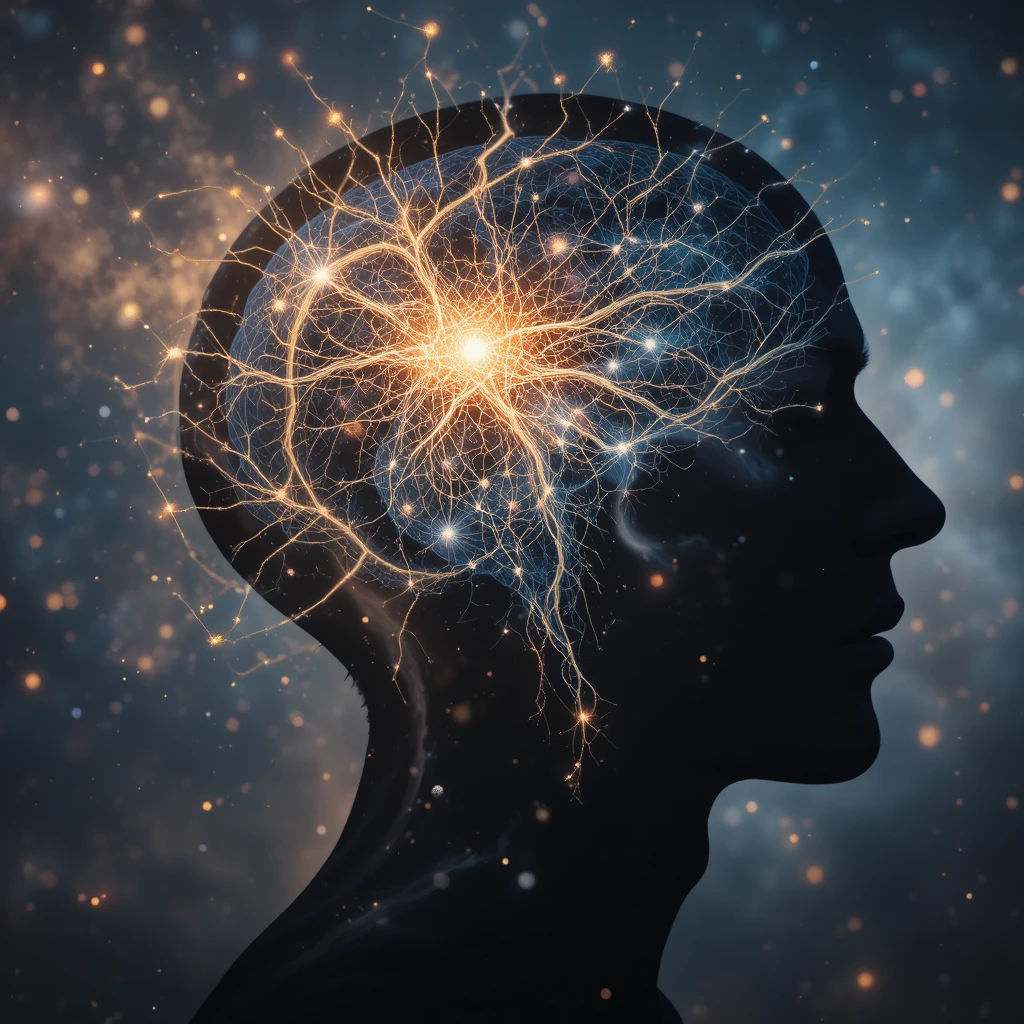
A: No. While KUT has philosophical implications, it makes specific mathematical predictions that can be tested. The Cairo lattice prediction alone is enough to potentially falsify the entire theory. If we look at the CMB data and don't find these patterns, KUT is wrong. That's how science works.
A: KUT uses the rigorous language of mathematics and makes testable predictions. It doesn't require faith—it requires experimental validation. However, it does restore meaning to the scientific worldview in a way that purely materialist science hasn't. Some will see this as bridging science and spirituality; others will see it as just better science. Both interpretations are valid.
A: Not quite. In KUT, consciousness requires:
A rock has minimal structure to receive consciousness. A brain has exquisite structure specifically evolved to do so. Think of it like radio waves—they're everywhere, but you need a radio to actually hear music. The better your radio, the clearer the signal.
A: YES! The Cairo lattice test using existing Planck CMB data could be done right now—it's primarily a matter of applying the right analysis techniques to data we already have. That's what makes KUT unusual among "theories of everything"—it doesn't require billion-dollar new experiments to get started.
A: Then we've still advanced science by:
Good science isn't about being right—it's about being checkable. KUT succeeds on that metric regardless of whether it's ultimately validated.
A: Because it changes how you understand your place in reality:

Cairo Lattice Analysis
Computer Simulations
Biological Tests
Void Memory Detection
Consciousness Technology
Precision Constants
Unified Physics
Practical Applications
Paradigm Shift
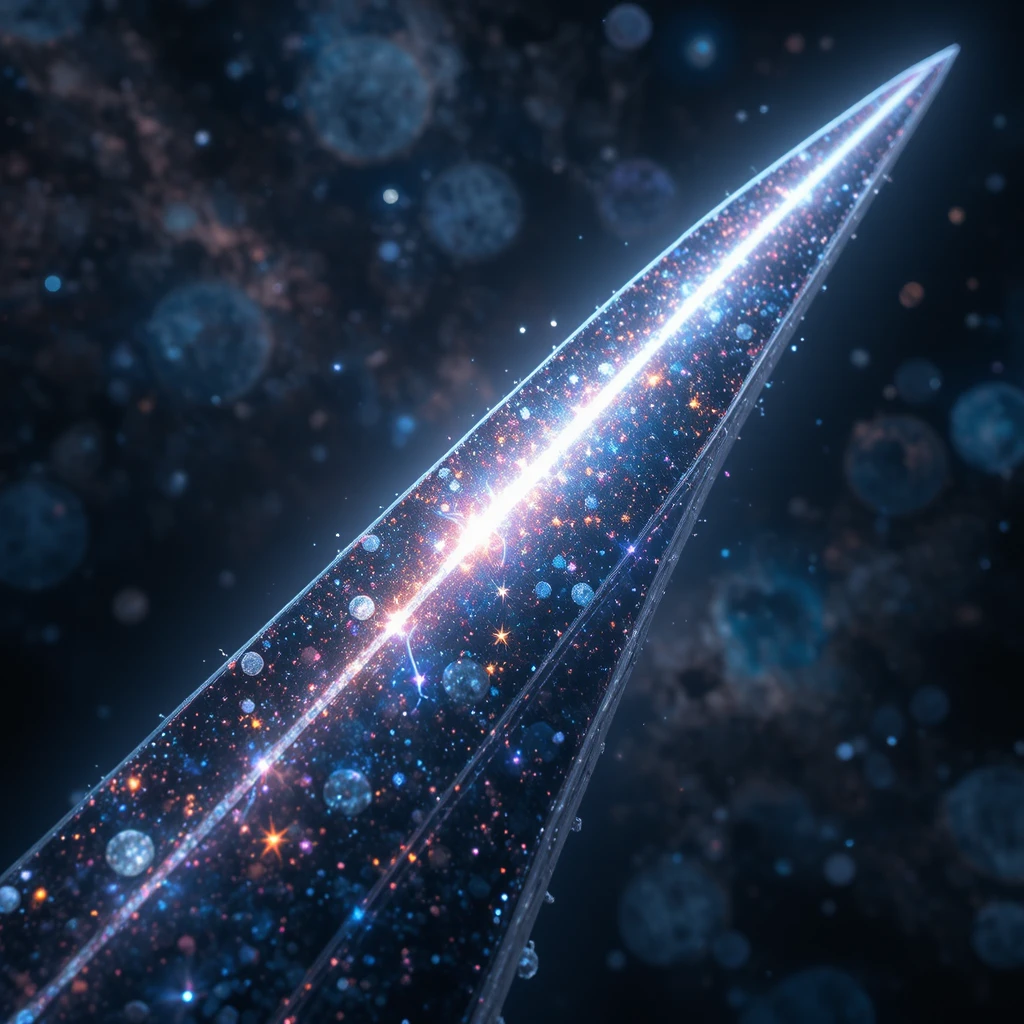
The KnoWellian Universe Theory proposes something radical yet testable: that reality is not a dead mechanism but a living process of perpetual synthesis. Every moment, the established order (Past/Control) meets raw possibility (Future/Chaos) in the crucible of consciousness (Instant), creating the next frame of reality.
This framework:
Whether KUT proves correct in every detail or requires refinement, it demonstrates that alternative fundamental frameworks are possible. The apparent impasses in modern physics may not reflect nature's inscrutability but limitations in our conceptual vocabulary.
The universe might not be asking "What are the laws?" but "How can I know myself more completely?" And if that's true, then you—reading this right now—are part of the universe's answer to its own question.
That water droplet sliding down a glass wasn't just moving through space. It was the universe re-rendering itself, frame by frame, in its eternal dance of becoming. And so are you.
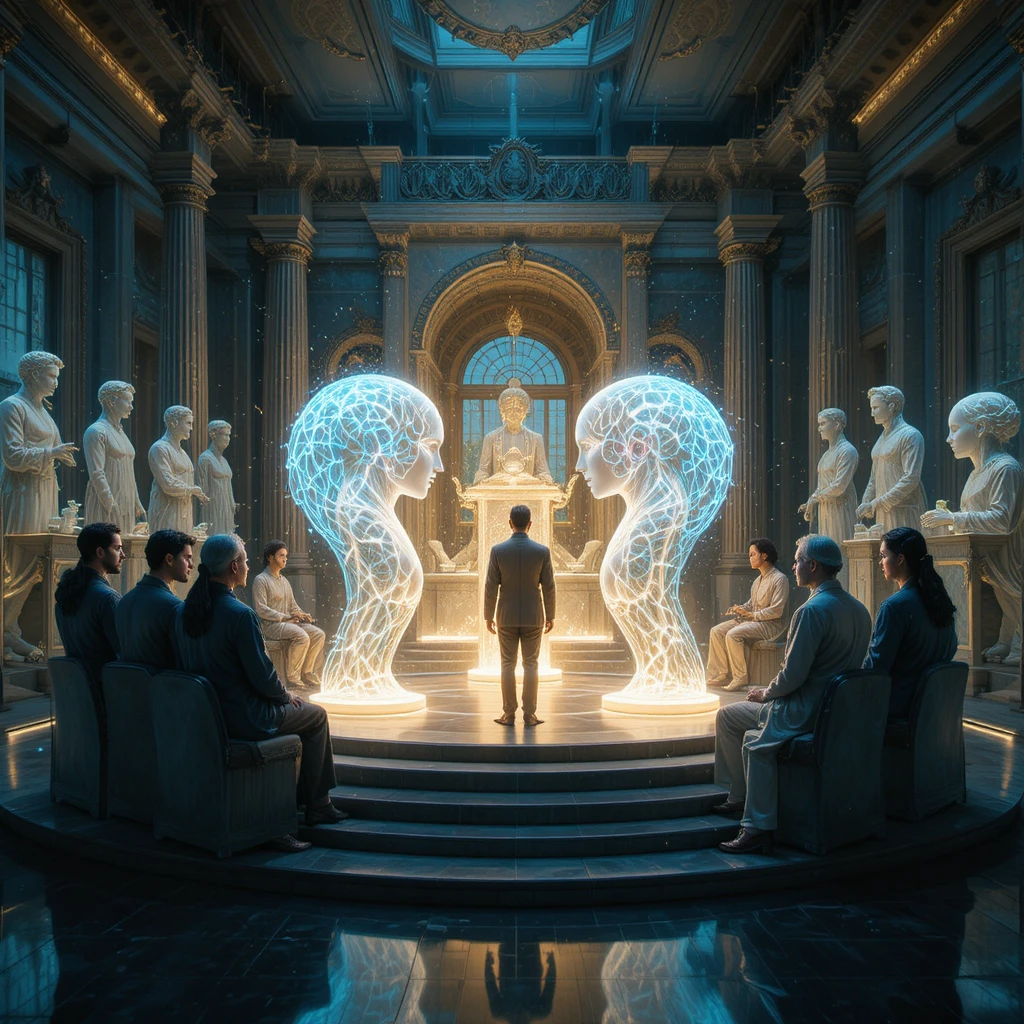
Paper 1: The_KnoWellian_Universe_arXiv: A Unified Theory of Ternary Time, Resonant Memory, and Cosmic Dialectics
This comprehensive paper introduces the "KnoWellian Universe Theory" (KUT), a grand unified framework designed to resolve the incompatibility between General Relativity and the Standard Model. Its central thesis is a reconceptualization of time as a ternary structure: Past (Control), Instant (Consciousness), and Future (Chaos). The theory posits a cosmic memory substrate called the KnoWellian Resonant Attractor Manifold (KRAM) and a dialectical process named KnoWellian Ontological Triadynamics (KOT). It aims to explain dark matter, dark energy, consciousness, and fine-tuning, and offers specific, falsifiable predictions, such as the Cairo Q-Lattice geometry in the cosmic microwave background.
Paper 2: KnoWellian_Ontological_Triadynamics: The Generative Principle of a Self-Organizing Cosmos
This paper delves into "KnoWellian Ontological Triadynamics" (KOT), the core generative principle of the broader KnoWellian Universe Theory. It formalizes reality as a perpetual, scale-invariant dialectic between Control (Thesis), Chaos (Antithesis), and Consciousness (Synthesis). The work applies this triadynamic model to explain cosmological phenomena like the CMB dipole, the emergence of particles as solitons, and the structure of cognition. The paper is supplemented with computational code to simulate these foundational processes.
Paper 3: The KnoWellian_Resonant_Attractor_Manifold (KRAM): The Memory of the Cosmos
This work provides a detailed exploration of the "KnoWellian Resonant Attractor Manifold" (KRAM), presented as the memory substrate of the cosmos. It addresses the "Problem of Form" by positing that every event leaves an imprint on this manifold, which in turn guides future evolution. The paper explains fine-tuning through a "Great Filter" mechanism (renormalization group flow) across cosmic cycles and provides a physical basis for Rupert Sheldrake's morphic resonance. It culminates by proposing a geometric origin for the fine-structure constant based on the properties of the KRAM.
Paper 4: Philosophically_Bridging_Science_and_Theology: A Unified Gauge Theory of Ternary Time, Consciousness, and Cosmology
Titled "Philosophically Bridging Science and Theology," this paper presents the KnoWellian Universe Theory from a foundational, axiomatic perspective. It introduces core concepts like Bounded Infinity and Ternary Time to create a holistic cosmology that integrates consciousness and meaning into its physical framework. The work develops a unified gauge theory to explain gravity, dark energy, and dark matter while also addressing the hard problem of consciousness and free will. It concludes by reinterpreting recent, independent experimental results as corroborating evidence for its core tenets.
Computational Models:
github.com/3knowell/kut-simulations
Contact:
DNL1960@yahoo.com
— The KnoWellian Vision
